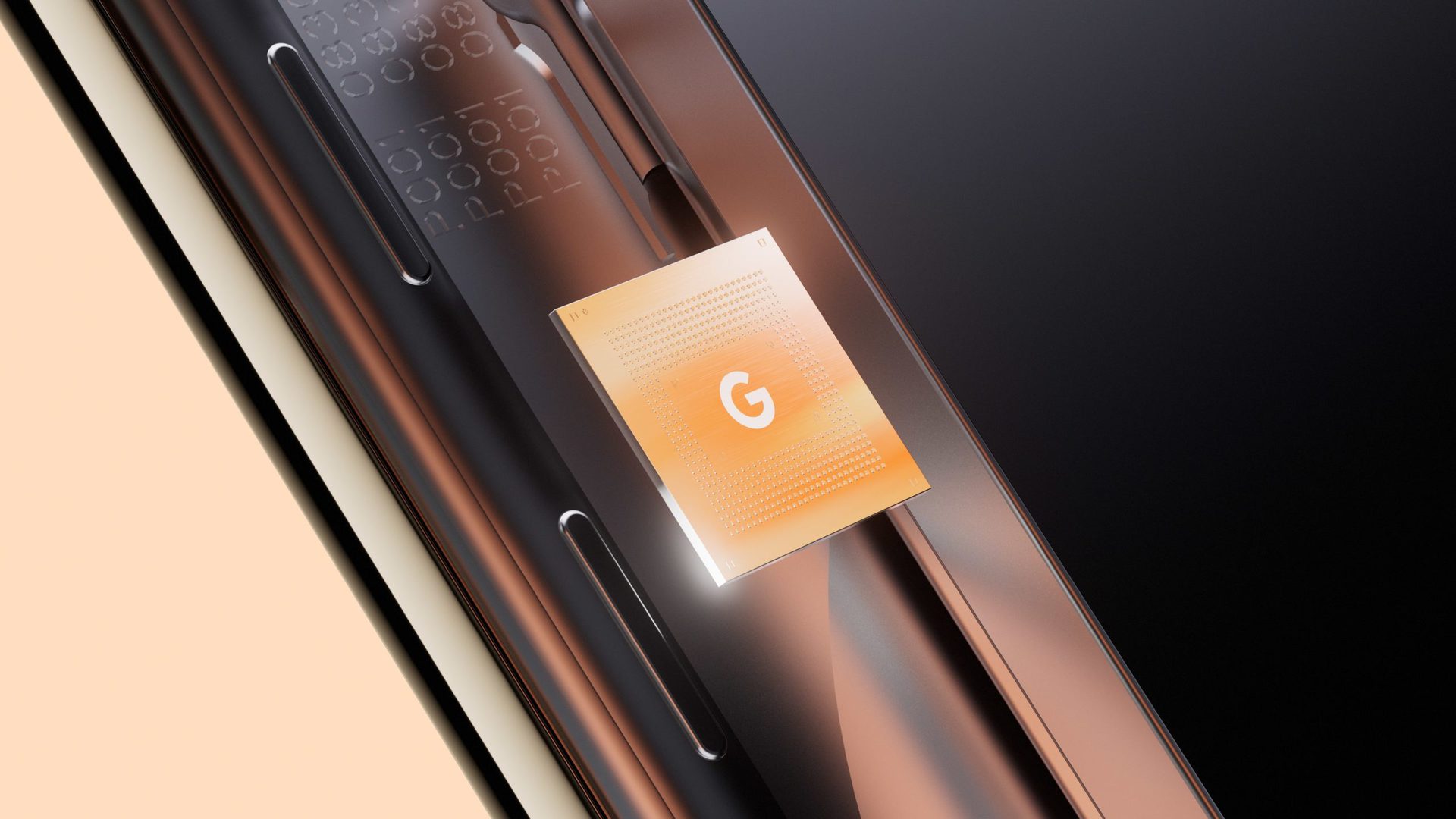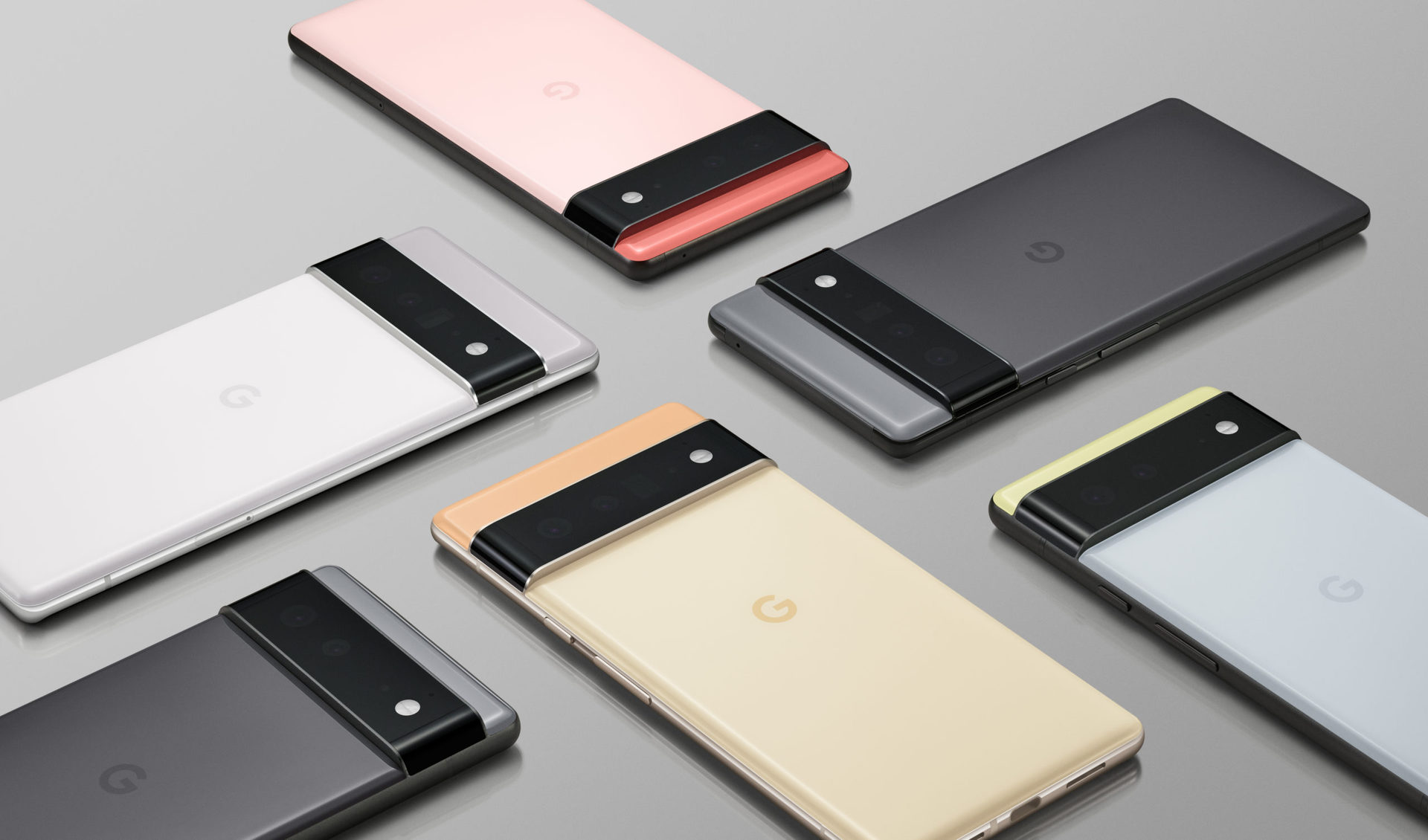Affiliate links on Android Authority may earn us a commission. Learn more.
Why the Pixel 6's Tensor chip is actually a big deal (and why it isn’t)
August 2, 2021

It’s finally official. Google’s Pixel 6 will feature the company’s first bespoke SoC. Although the company has dabbled in custom hardware before with the Pixel Visual Core and Titan M security add-ons, this is the first time Google has picked out all the inner workings of the chip itself. (Although, the company has licensed many of the building blocks for the SoC.) Still, the Tensor Processing Unit (TPU) is all in-house, and Google is putting it at the heart of the Tensor SoC.
As we expected, the Google Tensor processor is focusing on enhanced imaging and machine learning (ML) capabilities rather than game-changing raw power. Even so, that leaves us with plenty to be excited about as well as some reservations.
Why the Google Tensor SoC is a big deal…
First and foremost, Tensor is a custom piece of silicon designed by Google to be efficient at the things the company most wants to prioritize. That means it should offer faster, more powerful image processing, voice processing, and other machine learning-based capabilities. At least, it’ll be faster than the previous generation Pixel 5.
With a powerful in-house TPU at the chip’s core, Google is talking up capabilities to do on-device real-time language translation for captions, text-to-speech without an internet connection, dual keyboard and voice input methods, and superior camera capabilities. We’d imagine Google Lens and other machine learning (ML) technologies will all improve, too. Although these are mostly advancements on what Google has already done with existing hardware, we’ll hopefully see some new features.
Google Tensor will take what we loved about the Pixel 5 and make it even better.
AI and ML are at the core of what Google does, and it arguably does it better than everyone else — hence why it’s the core focus of Google’s chip. As we’ve noted in many recent SoC releases, raw performance is no longer the most important aspect of mobile SoCs. Heterogeneous compute and workload efficiency are just as, if not more important, to enable powerful new software features and product differentiation.
By stepping outside the Qualcomm ecosystem and picking out its own components, Google gains more control over how and where to dedicate precious silicon space to fulfill its smartphone vision. Qualcomm has to cater to a wide range of partner visions, while Google clearly has something far more specific in mind. It’d be hard to argue if Google thinks the Pixel 6 experience will benefit more from enhanced AI rather than Facebook opening 5% faster than last year. Much like Apple’s work on custom silicon, Google is turning to bespoke hardware to help build bespoke experiences.
Also, by moving to a personalized or co-developed processor, Google may be able to provide updates even faster and for longer than ever before. Partners are dependent on Qualcomm’s support roadmap for rolling out long-term updates. Samsung, via Qualcomm, offers three years of OS and four years of security updates, and Google promises as much for the Pixel 5 and earlier. It will be interesting to see if Google goes even further now it’s closer to the chip design process.
… and why it might not be

If you were hoping for generation-defying performance, I think you’ll be disappointed here. Google hasn’t shared any benchmarks or details on the inner workings of its CPU, GPU, or other components. However, without architecture designers, Google is certainly licensing off-the-shelf Arm parts, like the Cortex-A78. We’re still in the dark about what 5G capabilities the phone will have, too. In fact, Google won’t even state who manufactured its chipset, although rumors point to Samsung. Google hardware chief Rick Osterloh said Tensor will be “very competitive” regarding CPU and GPU performance. Make of that what you will.
Google isn’t necessarily doing anything completely groundbreaking with its image and machine learning pipeline, either. Google’s development cycle doesn’t work in isolation, after all. Cutting-edge hardware has moved on quite significantly from the last premium Google handset, the Pixel 4 series.
Cutting-edge hardware has moved on quite significantly from the last premium Google handset.
So far, Google’s demos showcase applying its advanced image processing capabilities to multi-camera and video scenarios. This is possible because Google’s machine learning chops are now integrated into the image processing (ISP) pipeline rather than sitting somewhere further away.
However, this isn’t a new idea even for 2020 smartphones, let alone in late 2021. In fact, the Qualcomm Snapdragon 855 that powered 2019’s Google Pixel 4 introduced computer vision elements into the ISP chain. Since then, the Snapdragon 865 and 888 have improved on these capabilities, allowing partners to use data from multiple cameras at once and apply effects like HDR and real-time bokeh to 4K 60fps video. Google isn’t the first to these ideas, although that doesn’t mean it can’t implement them better.
See also: Qualcomm explains how the Snapdragon 888 is changing the camera game
Likewise, other SoC manufactures have their own low-power sensor chips for features like always-on voice recognition, ambient display, and other sensor features. Security enclaves, like Titan M, aren’t new either. In fact, they’re essential in today’s biometric-obsessed devices. You’ll find similar capabilities in mobile SoCs from Apple, HUAWEI, Qualcomm, and Samsung. However, the exact features differ.
Google’s Tensor SoC: A move away from the status quo?
Google CEO Sundar Pichai noted that the Tensor chip has been four years in the making, which is an interesting time frame. Google embarked on this project when mobile AI and ML capabilities were still relatively new. The company has always been on the cutting edge of the ML market and often seemed frustrated by the limitations of partner silicon, as seen in the Pixel Visual Core and Neural Core experiments.
The Tensor SoC is Google striking out with its own vision for not just machine learning silicon but how hardware design influences product differentiation and software capabilities. It will be fascinating to see if all this combines successfully to produce a Pixel 6 smartphone capable of some impressive industry firsts.
However, Qualcomm and others haven’t sat on their hands for four years. Machine learning, computer imaging, and heterogenous compute capabilities are at the heart of all the major mobile SoC players, not just in their premium-tier products. It remains to be seen whether Google is simply reinventing the wheel for the sake of it or whether its TPU technology and Tensor SoC are actually ahead of the game.
Thank you for being part of our community. Read our Comment Policy before posting.